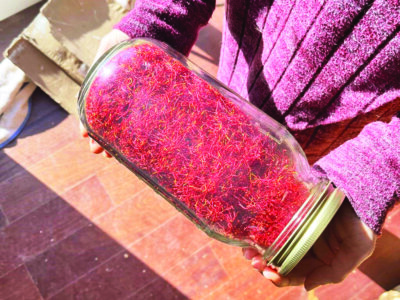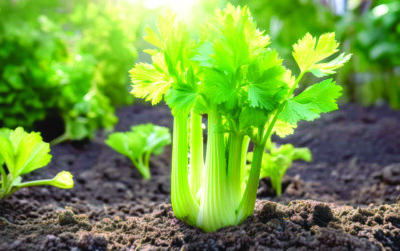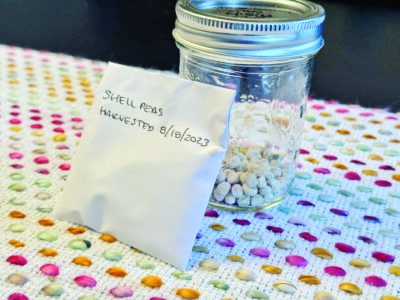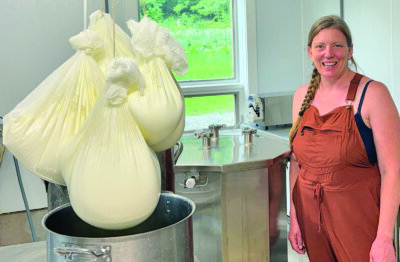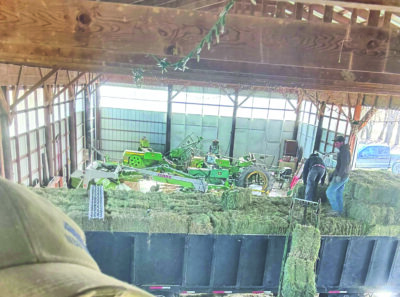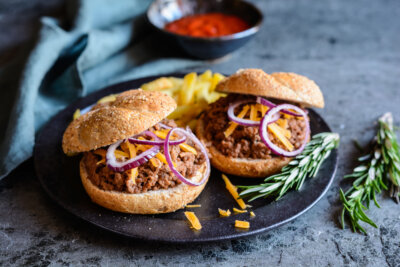Census of Agriculture captures changes in Vermont farming
The first Census of Agriculture was conducted in 1840, when Vermont produced 3.7 million pounds of wool from 1.7 million sheep and just $1.4 million of milk. Since then, data collected at regular intervals has documented ongoing, often dramatic, changes in farming.
The most recent census, taken in 2022, was just released. The 475-page Vermont report describes the products, land and people that comprise our farm community, which now produces just 72,813 pounds of wool from 17,888 sheep and $599 million of milk.
Vermont has 6,537 farms, down 4 percent from 2017. We have 1,173,890 acres of farmland, but we lost 19,547 acres since 2017, presumably to development. These declines are attributable in part to the loss of 313 dairy farms over the same five years, a drop of 37 percent.
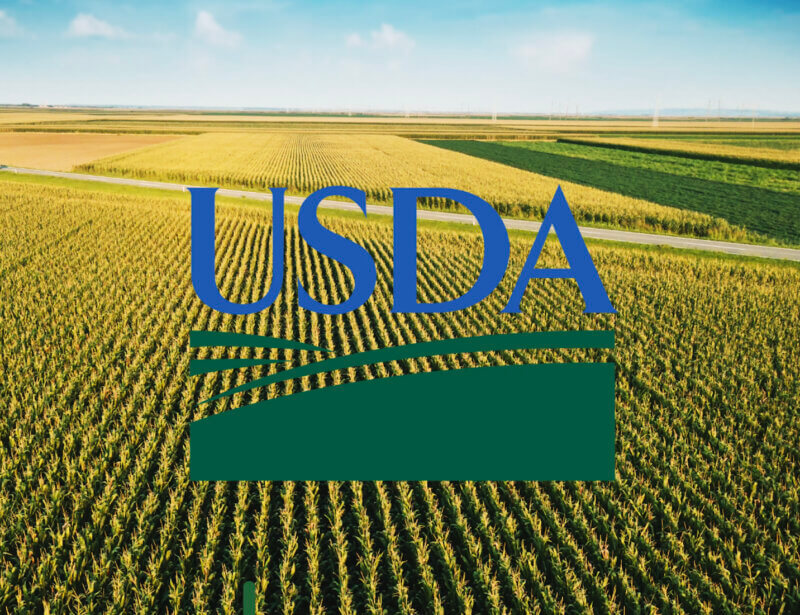
The number of milk cows declined less, by 18 percent, to 105,514. The fluid milk produced by our remaining 528 cow dairies accounts for 58 percent of all agricultural sales in Vermont. Furthermore, there are 265,275 forage acres, 110,962 pasture acres and 74,800 corn silage acres, most of which feed cows. These data show how important dairy is to our agricultural economy and landscape.
Looking back 20 years, to the 2002 census, we had 6,571 farms, about the same as today, but 1,508 were dairies. So nearly a thousand farms have shifted from dairy to other products, making agriculture more diverse.
We now have 744 farms selling vegetables and 471 farms selling berries. There are 507 farms in the greenhouse and nursery business, 441 orchards and 266 farms selling Christmas trees.
We have 1,345 farms with laying hens, 222 farms selling broilers and 123 grow turkeys. There are 1,526 farms with beef cows, 1,012 farms with horses, 419 farms with goats and 300 farms with pigs.
Vermont leads the nation in maple production. Our 1,433 sugarmakers produced 3.1 million gallons of syrup worth $112 million from 8.5 million taps. That’s a big increase from 2 million gallons worth $58 million from 5.9 million taps in 2017.Most farms in Vermont, and across the country, are small. The census requires only $1,000 in annual agricultural sales to qualify as a farm. Over half of Vermont’s farms sell less than $10,000 of products a year, and only 19 percent of farms report sales over $100,000.
The average sales per farm is $159,373, but only 43 percent of farms report net gains. Our agriculture may be diverse, but it is also consolidated. Just 3 percent of our farms account for two-thirds of all agricultural sales.
Importantly, farms provide more value than just the food they produce, or the money they make. Vermont has 1,461 farms with solar panels, generating renewable energy. We have 797 farms with 143,774 acres under conservation easement, protecting farmland for the future.
Our 323 farms engaged in agritourism attract visitors from near and far. And we gain a modicum of food self-reliance from 1,639 farms that sell $42 million of products direct to consumers, and1,066 farms that sell $101 million of products to retail stores and institutions. Together they account for 14 percent of all farm sales.
Vermont’s agriculture is growing. Sales of farm products now exceed one billion dollars, up by 32 percent since 2017. We have 12,470 farmers (41 percent are women), about the same as five years ago, but their average age increased from 55.9 to 57.7 years old. During that time, we lost 1.6 percent of our farmland.
We could lower the average age of farmers by attracting and supporting more new farmers. We could slow the loss of farmland with more land conservation and forward-looking land use policies. And we can improve farmers’ income by buying more of their products.
For more information see nass.usda.gov/AgCensus.
(Vern Grubinger is vegetable and berry specialist for the University of Vermont Extension.)
Related Stories
Popular Stories
If you enjoy The Charlotte News, please consider making a donation. Your gift will help us produce more stories like this. The majority of our budget comes from charitable contributions. Your gift helps sustain The Charlotte News, keeping it a free service for everyone in town. Thank you.
Andrew Zehner, Board Chair




